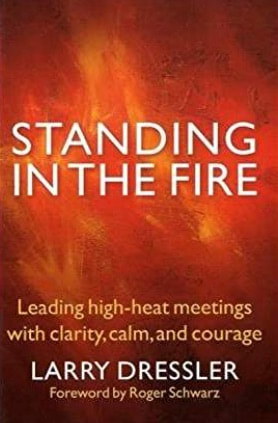Mission: Impact podcast & blog
Build a better world without becoming a martyr to your nonprofit cause
Listen on:
 Assessing the sustainability of your nonprofit organization’s business model has two key aspects for associations and nonprofits. The first is assessing how much each of your programs and services are moving your organization’s mission forward. The second is how the program or initiative is contributing to your organization’s bottom line. Is the program profitable? Break-even? Burning through considerable resources? Mission-driven organizations often fall into the trap of considering one or the other of these two key factors rather than looking at how they intersect. Is it moving your mission forward?Let’s dig into the first of these. How are your programs and initiatives contributing to your organization’s mission? This moves beyond an impact program evaluation. A program evaluation looks at an individual program and tries to establish whether and how it is achieving its desired impact. The impact assessment as part of an organizational sustainability assessment looks at all your programs and evaluates them with common criteria. Thus you are able to get a comparative look across initiatives for how they are contributing to your organization’s mission. Defining Assessment CriteriaDeciding on the criteria you will use is key. This is a useful step to widen the circle and involve key stakeholders to define what criteria you will apply. According Jeanne Bell, Jan Masaoka and Steve Zimmerman in the book Nonprofit Sustainability: Making Strategic Decision for Financial Viability, there are seven benchmarks that are useful to consider in this process: 7 Benchmarks
You will likely have other criteria that are important in your context. This list gives you a starting point for thinking about how to assess the mission impact of your programs and initiatives. Next StepsDownload Four Things to Consider before an Organizational Sustainability Audit.
Learn more by listening to my webinar on Organizational Sustainability. Want to talk about how you might apply this at your organization? Book a coaching session. Book review: Standing in the Fire: Leading High-Heat Meetings with Calm, Clarity and Courage10/2/2017
 I am a big reader and will occasionally share reflections on the books I have recently read. “Fire is often the best indicator that people care about the issue with which they are struggling” (Dressler, 2010, p. 10). Meeting leaders often shy away from conflict, controversy, emotion or other human items that are not on their neatly organized agenda. Dressler describes how all of these messy parts of human interaction can add to a greater whole if a meeting leader has developed the capacity to hold the moment in order to be able to facilitate the group finding common ground. His book, Standing in the Fire: Leading High-Heat Meetings with Calm, Clarity and Courage, describes how meeting leaders, facilitators and conveners can cultivate greater capacity to regain their balance when surprises knock them off their equilibrium. Six Ways of Standing Dressler describes six “ways of standing” that are key to leading high-heat meetings. These include standing with self-awareness; standing in the here and now; standing with an open mind; knowing what you stand for; dancing with surprises; standing with compassion. He then describes ongoing practices to help cultivate one’s capacity to embody these “ways of standing.” These include physical centering, mindfulness meditation, compassion journaling and breathing, affirmations. He describes practices for day of readiness, in the moment practices and culminating practices to leave the meeting behind and harvest the learning from it. Increasing Your Capacity to Choose Your Reaction By using mindfulness and reflective practices regularly, meeting conveners can increase their capacity to choose their own reaction to high heat situations during the meetings they lead and participate in. Dressler describes in useful detail the essential elements of being a “nonanxious presence” for a group and how to cultivate that aptitude within yourself. He does not shy away from describing times from his own personal experience when he was emotionally “hooked” or handled a situation with less than grace. He also makes it clear that you do not simply come to the state of being able to embody these “stands” and stay there but rather continue to grow into you capacity to stand in the fire this way. He provides tools for analyzing instances where you are triggered emotionally and to learn from these instances; describes how the brain habitually reacts to stressful situations by escaping into worries about the past or future and how to use attention and stillness to bring yourself back into the here and now; how increasing your open-mindedness includes embodying humility, suspending judgment, and inviting curiosity. Accessible and Straightforward The book is very accessible, provides useful examples and lays out in a very thorough and logical fashion how to enhance one’s capacity to create and hold the emotional space for a high-heat meeting. By describing both the ideal and “how we burn ourselves,” Dressler makes the concepts he is discussing straightforward. Dressler’s reflective exercises help bring what he is writing about to life. I would recommend this book to anyone who regularly convenes meetings where important issues are being discussed.
|
Categories
All
Archives
July 2024

Grace Social Sector Consulting, LLC, owns the copyright in and to all content in and transcripts of the Mission: Impact podcast, as well as the Mission: Impact blog with all rights reserved, including right of publicity.
|
Telephone301-857-9335
|
info[at]gracesocialsector.com
|
Grace Social Sector Consulting, LLC, owns the copyright in and to all content in, including transcripts and audio of the Mission: Impact podcast and all content on this website, with all rights reserved, including right of publicity.
|